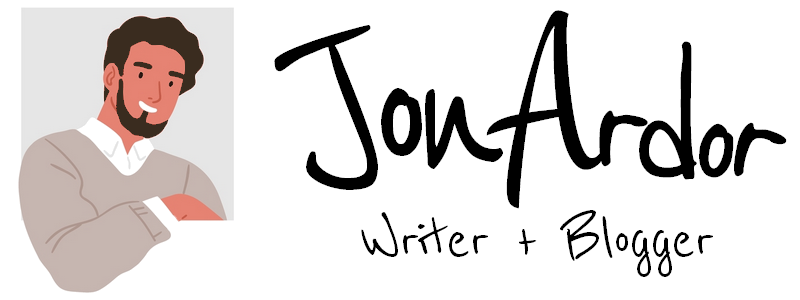What Uses the Most Electricity in a Home?
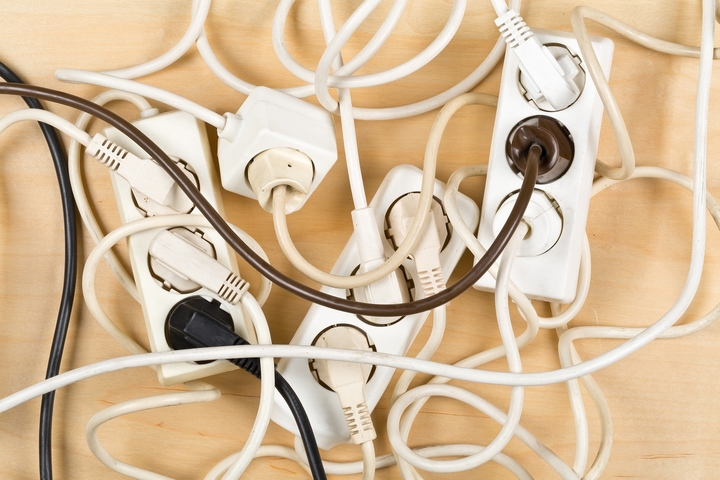
Electricity is a form of energy from charged particles harnessed to provide power through a current. Elektron or Amber is the fossilized rock in tree sap that the Greeks experimented with to produce static electricity. Through different discoveries and experiments over the years, we now use this fuel to power our lives in many ways.
It is now a commodity that we have to pay to be channelled into our homes, and it isn’t exactly cheap. Many items get their power from electricity, but what uses the most electricity in a home?
1. Heating and Cooling (40 – 45% electricity in a home)
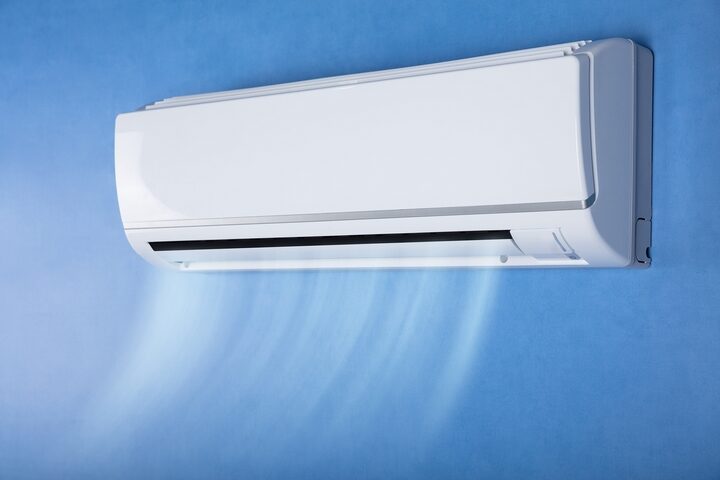
This appliance uses more power than any other device in your home. A full HVAC system will take up 40-45 percent of your total home use, which is a lot. Hot summers and cold winters keep these units running non-stop for our comfort, and if we have an unlimited budget, that’s great.
If not, you can use different methods to cool your home and keep the heat out by keeping your curtains closed when the sun wants to shine in and running a ceiling fan to draw up the heat in warmer months and push down the heat in colder months. Ensure your vents are clear of debris and have your furnace and air conditioner serviced once a year.
2. Water Heater (14% electricity in a home)
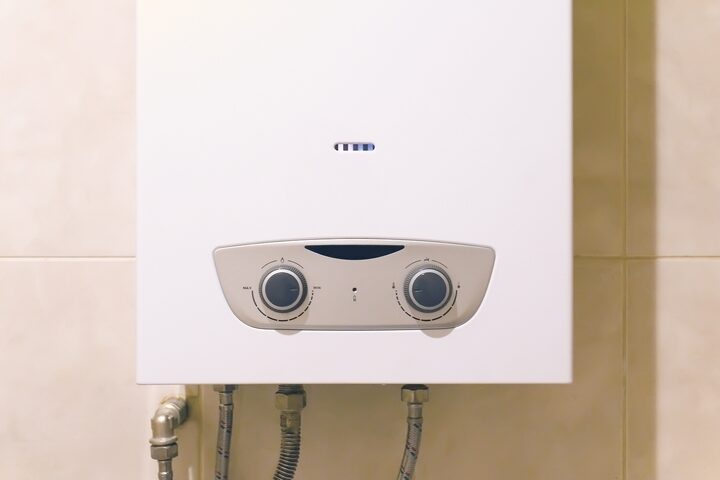
This comes in second at around 14% and is also a form of heating, but for your water. A water heater unit converts energy into heat with cold water coming into it and heating it for use in the home. This is where hot water comes through your taps in the sink, bathtub and shower, and this heated water is always there when we need it.
You can turn down the temperature on the water heater, especially when you go on vacation and use a shower head that conserves water as it runs. Think about your electrical usage while running hot water because every bit saved costs you less.
3. Appliances (13% electricity in a home)
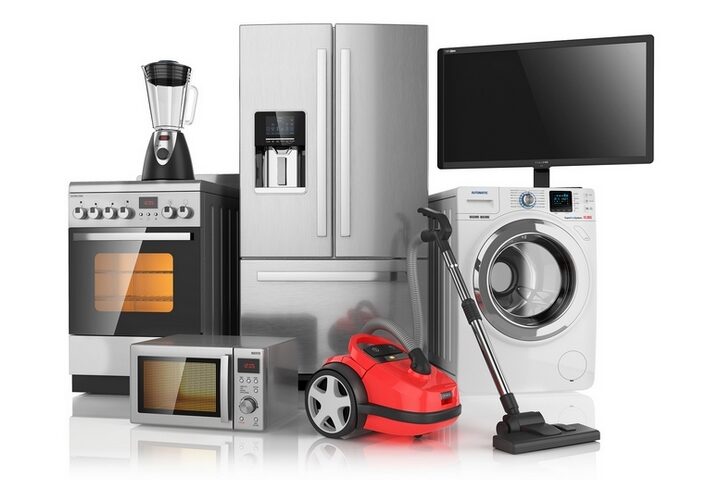
Appliances in the home operate on electricity, and they are hungry, using around 13% of total home use. The most starved of these is the refrigerator. A fridge operates 24/7 and is designed to cool and freeze your food, so there is no spoilage. It’s hard to imagine how people did without it and impossible to return to that. For maximum efficiency, keep the fridge temperature set to what the manufacturers recommend and don’t overpack it. You want to have good airflow so keep it clean and uncluttered.
Washer and dryers are next, and they use electricity to operate and hot water for washing. Make sure to run full loads and wash in cold water when possible. For drying, clean the lint trap after every load and use a clothesline in the summer if you can.
Ovens and stoves are only consumed when turned on, but they are used daily to cook food. To reduce consumption, consider cooking during cooler hours of the day, so they don’t heat the home and put more demands on your AC. You can also turn off elements toward the end of cooking times and use residual heat to finish off.
Dishwashers use electricity, heat and hot water, so they are a triple whammy. They can also heat your home while in use. Make sure you always run with a full load and use the economic cycle if possible.
4. Lighting (10 to 12% electricity in a home)
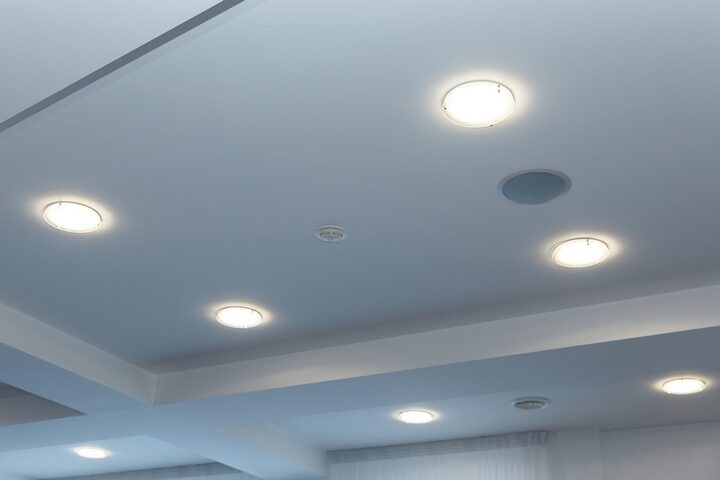
Next on the energy list is your lighting in the home. It consumes around 10-12% of the total energy, and it’s hard to avoid using it. Try to use natural light when you can and turn off lights in rooms that are not in use. LED lights use less energy and last longer, so change over bulbs as they burn out.
In addition, it might be worthwhile to contact electricians to inspect and evaluate your home. They can determine what type of support your home needs to reduce the overall electricity consumption. This evaluation is especially helpful for older homes with energy-inefficient lighting systems.
5. Electronics (4% electricity in home)

These are the must-have components in the home for entertainment like your tv or gaming systems, and they use around 4% of the home’s consumption.
Gone are the days of home stereo equipment, but we still use up tonnes of energy watching tv shows and movies and playing various video games on game consoles and our computers. And yes, our computers and smartphones run on batteries that need to be charged, so they also contribute.
6. Vampire Electronics (1% electricity in home)
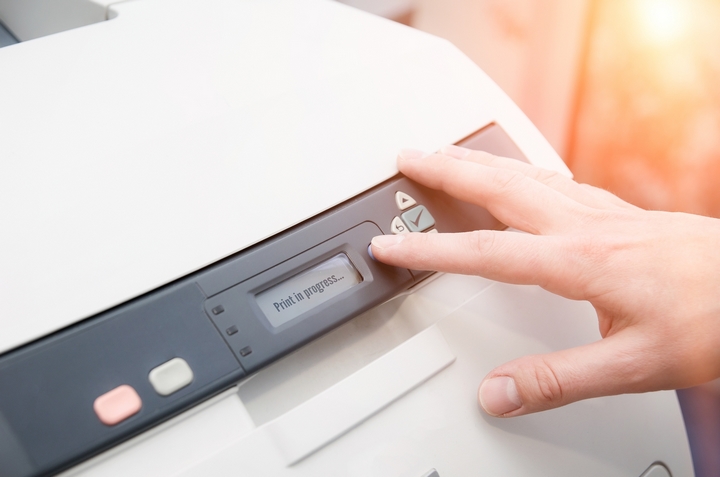
Finally, you have the electronic suckers that slowly bleed the energy system. These smaller electronics and appliances are plugged in and consume power, even when not used. These include:
- Printer
- Modem
- Digital cable boxes
- Microwaves
- Coffee makers
- Gaming consoles
- Cordless phones
If you can unplug some of these devices, you will use less power.
That’s the main electronic line-up in your home. You may have other devices and appliances that also use power, but these are the ones most people have. By understanding where the power gets used up, you can work to reduce your consumption and have a little more money at the end of the month.
